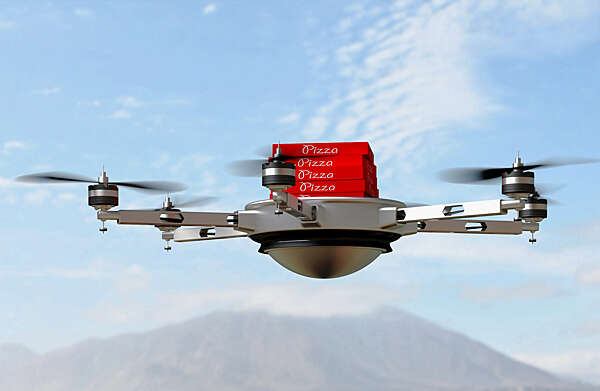on
During the COVID-19 pandemic, air drones or unmanned aircraft systems have played vital roles, from delivering aid to monitoring social distancing. However, issues such as safety, security and the sharing of airspace have continued to delay their full commercial use.
Unmanned aircraft systems (UAS) have undoubtably become the technology of the moment which, from humble beginnings, is set to create an industry to rival the automotive and aviation industries combined. UAS gained notoriety as toys, but have quickly evolved into the basis for a high-value, rapid-growth industry spanning almost all sectors, including logistics, medical, surveying, security and transport, and are being used in almost every environment on the planet.
UAS, which can be remotely controlled, but are increasingly being equipped with autonomous capabilities, have been around for a long time. It has only been in the past five years that the technology to make them commercially viable tools in a huge range of applications has become affordable. Initially small, a drive to wide-scale commercialization has seen the design of larger and more sophisticated UAS capable of the movement of cargo and, in the future, people. It is here that widescale commercial use is more likely to flourish into a global industry rather than through lots of small UAS to carry small items.







Leave A Comment
You must be logged in to post a comment.